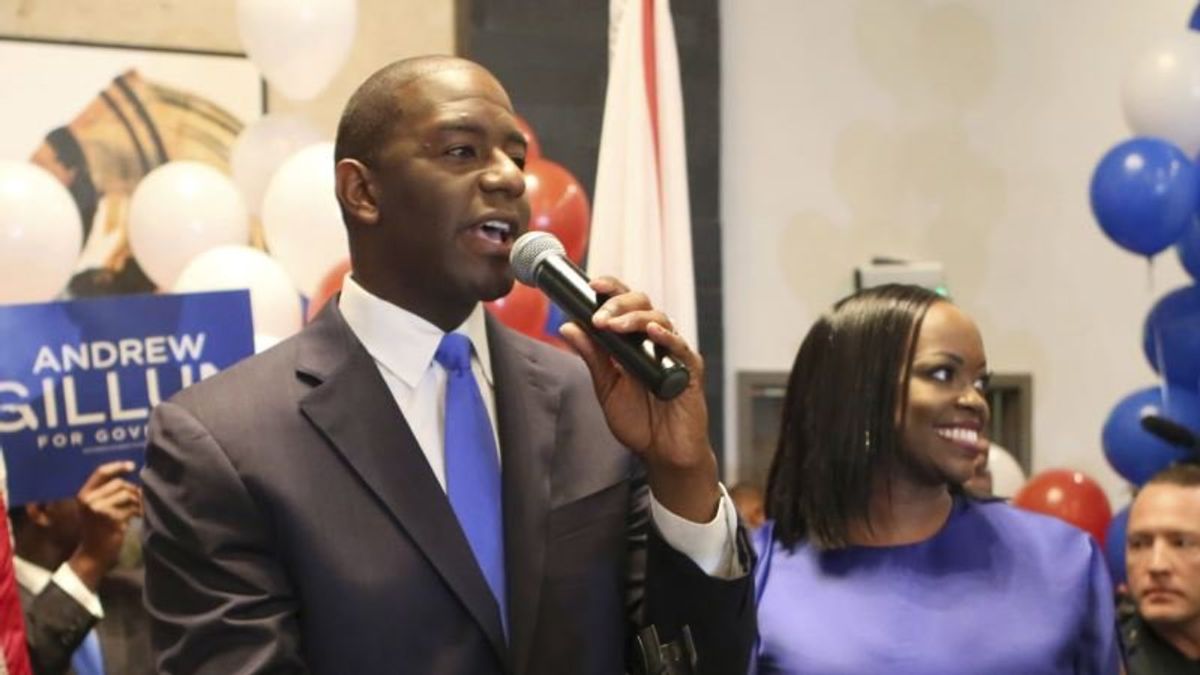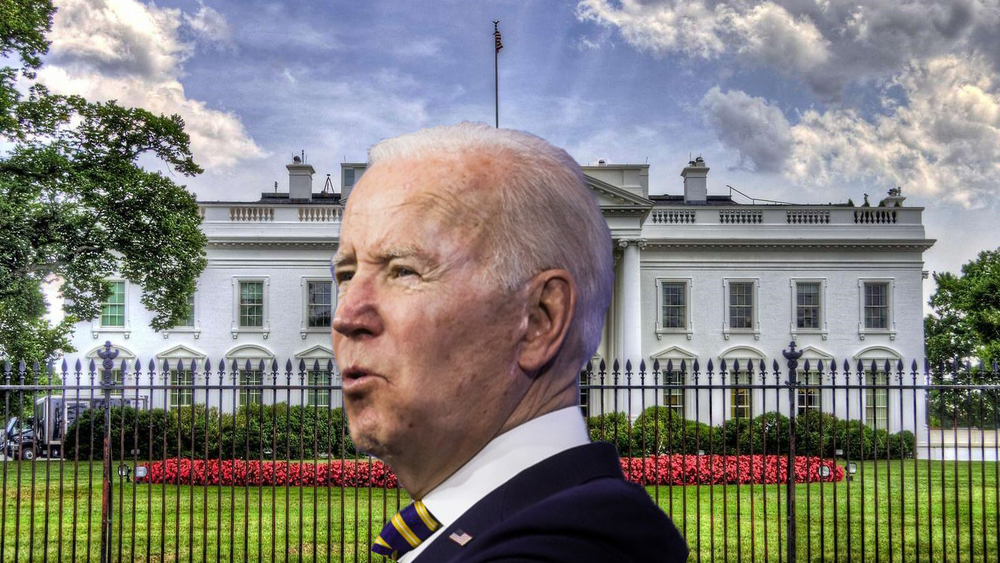
Democrats Seek Gains in 2018 Gubernatorial Races
Democrats Seek Gains in 2018 Gubernatorial Races

WASHINGTON —
Most of the attention on this year’s midterm elections is about which party will control Congress after the results are known on November 6. In addition to races for the Senate and House of Representatives, U.S. voters also will elect 36 state governors, and Democrats appear poised to make gains.
Republicans control 26 of the state governorships at stake in November, while Democrats currently hold nine seats, and there is one independent governor, Bill Walker in Alaska.
Democrats see opportunities for gains in some larger states like Florida, Michigan and Ohio, where Republican incumbents are term-limited and barred from running again. They also have targeted vulnerable Republican incumbents in Illinois and in Wisconsin, though, where Governor Scott Walker is making a bid for a third term.
In Florida, progressive Democrat Andrew Gillum is in a close race with Republican Ron DeSantis, an avid supporter of President Donald Trump.

Another close race is expected in Ohio where Republican Mike DeWine hopes to succeed Governor John Kasich, a once and possibly future presidential contender, but must fend off Democrat Richard Cordray.
Republicans believe their best chances to pick up seats previously held by Democrats are in Connecticut and Colorado. Republicans also are confident about holding governorships in two heavily Democratic states, Maryland and Massachusetts, where popular GOP incumbents have distanced themselves from President Trump.
The outcome of the 36 governor’s races have implications for the next presidential election in 2020 and beyond. Control of the governor's mansion in a given state can help the party’s presidential contender in 2020. In addition, governors in most states play a crucial role in approving how congressional districts are redrawn every 10 years based on population shifts reflected in the national census.
Republicans were successful in redrawing House districts to their advantage after the 2010 census in large part because of the gains they made in governors' races and state legislatures, which also have a key role in the process.

The political process often leads to what is known as “gerrymandering,” when one party has an advantage in how congressional districts are redrawn that results in an electoral advantage that can last for years.
Both parties have done it throughout history, and now Democrats are counting on gains at the gubernatorial level to create a more level playing field after the 2020 census.
 O’Rourke Condemns Activists for Forcing Cruz From RestaurantNext PostUS Senate Brawl Over Kavanaugh Intensifies
O’Rourke Condemns Activists for Forcing Cruz From RestaurantNext PostUS Senate Brawl Over Kavanaugh Intensifies







